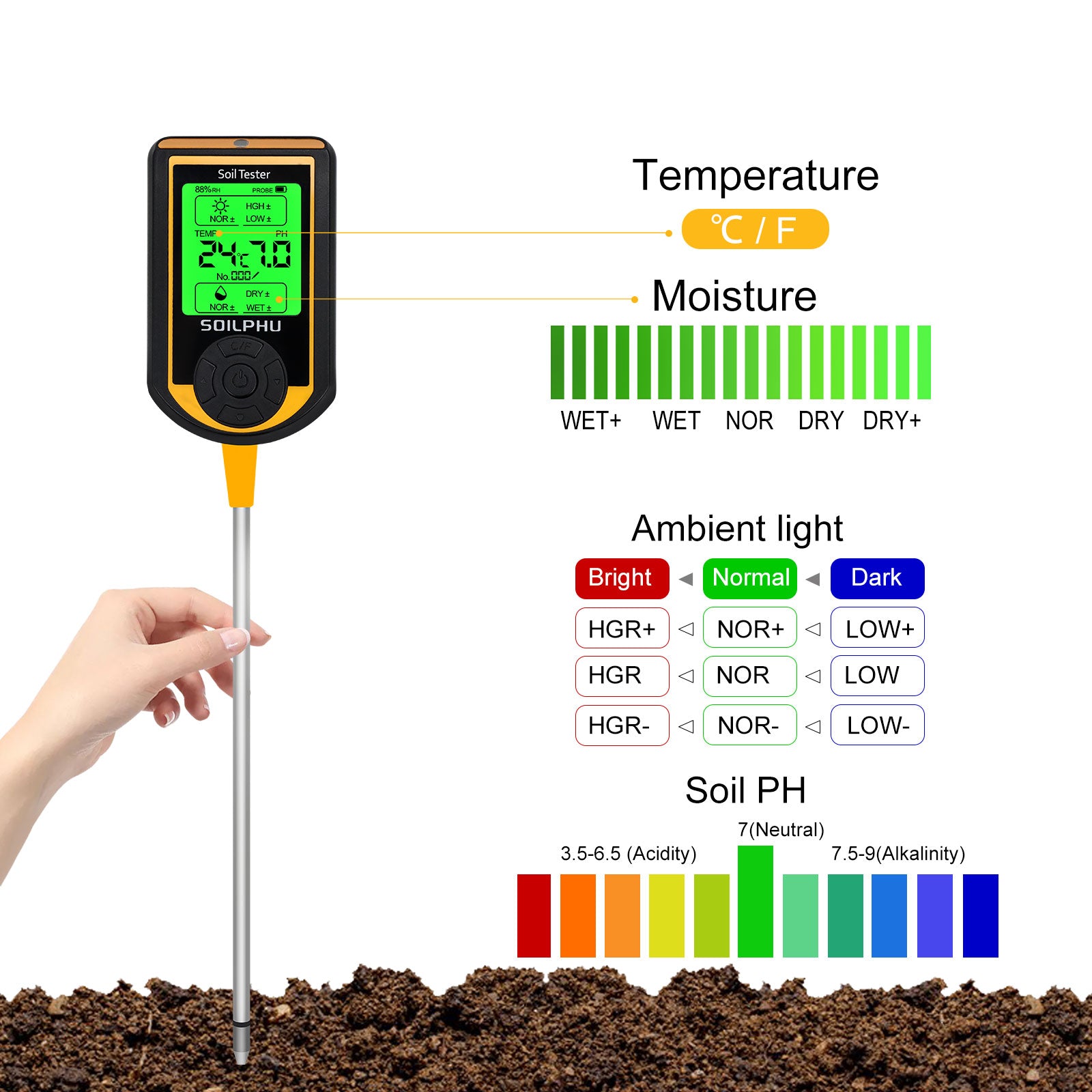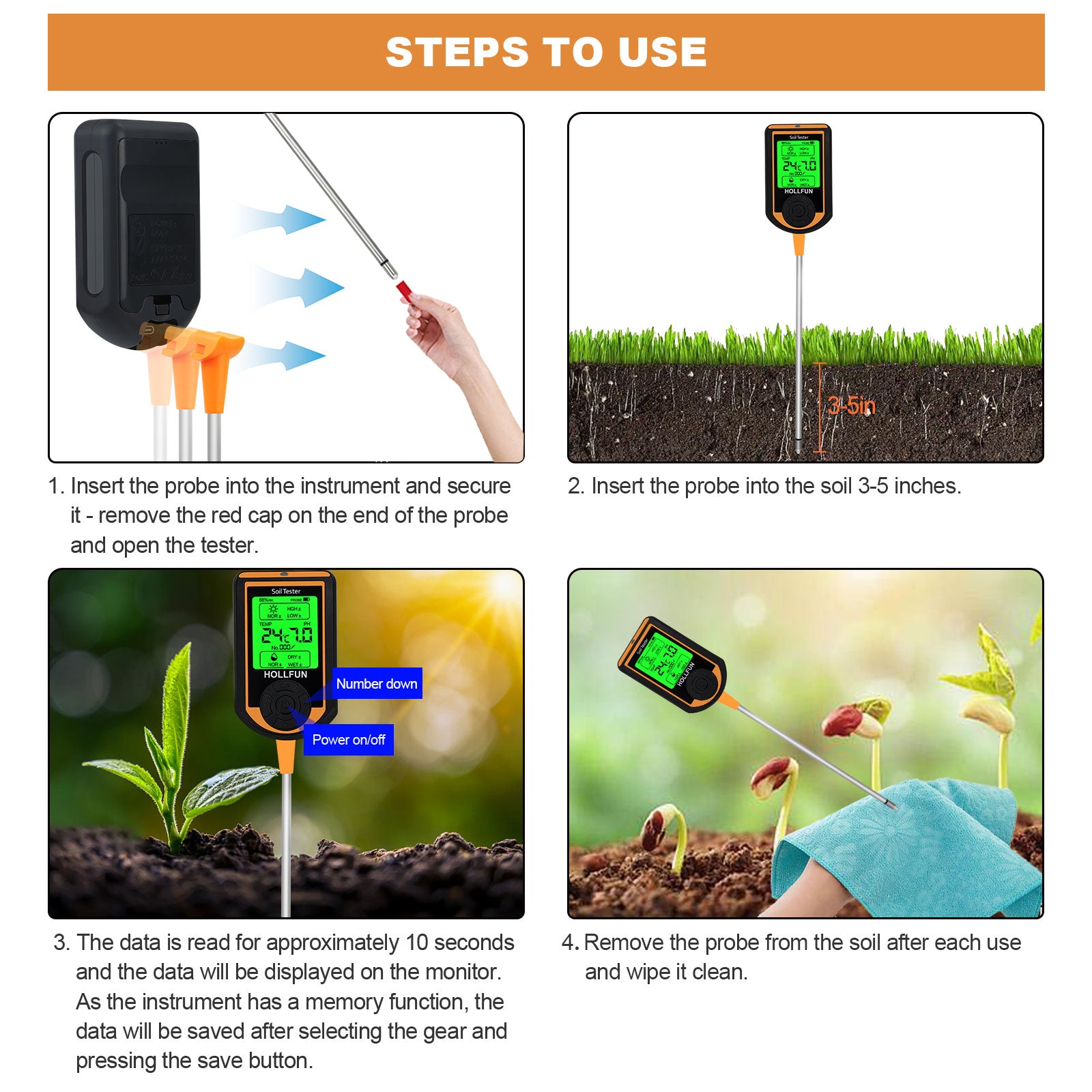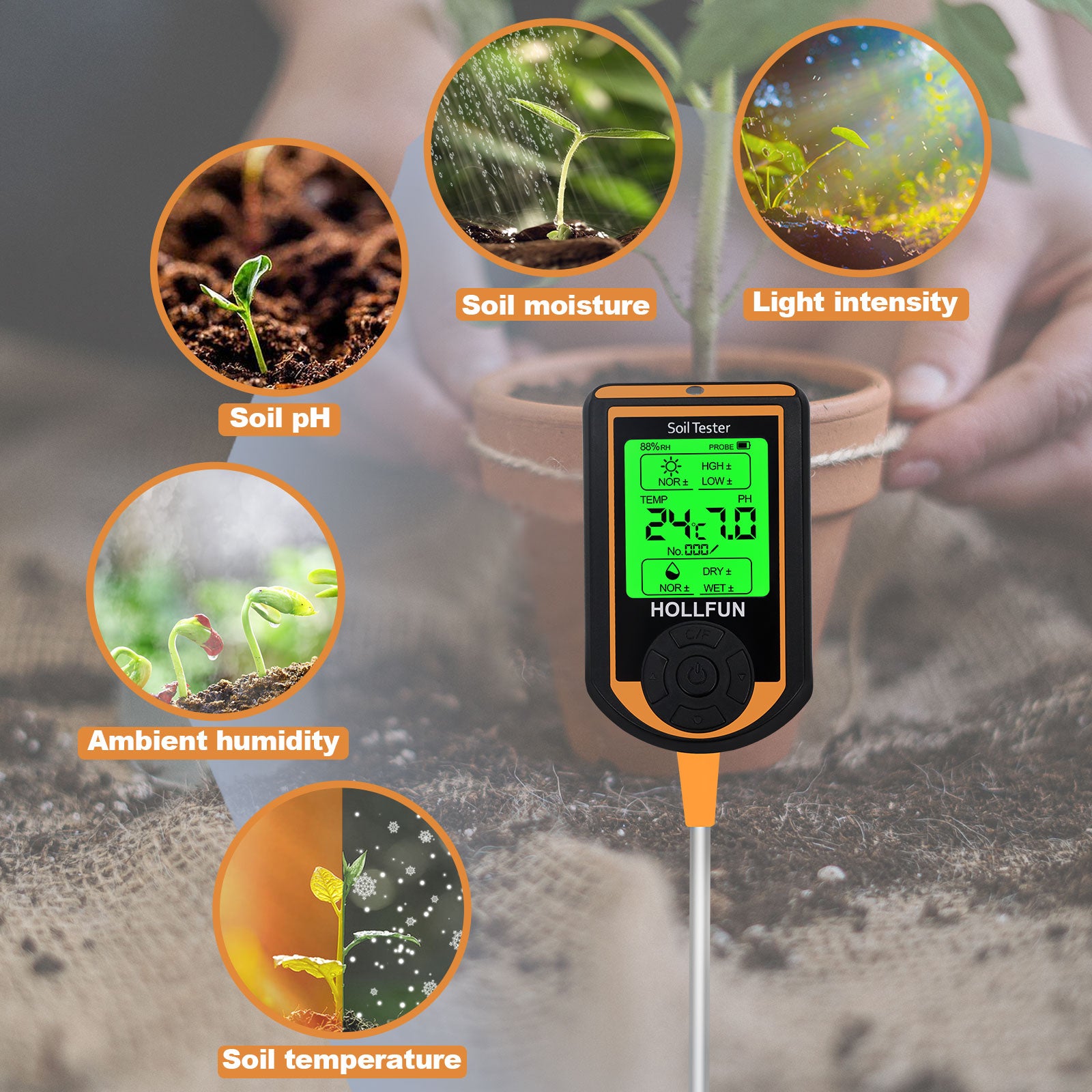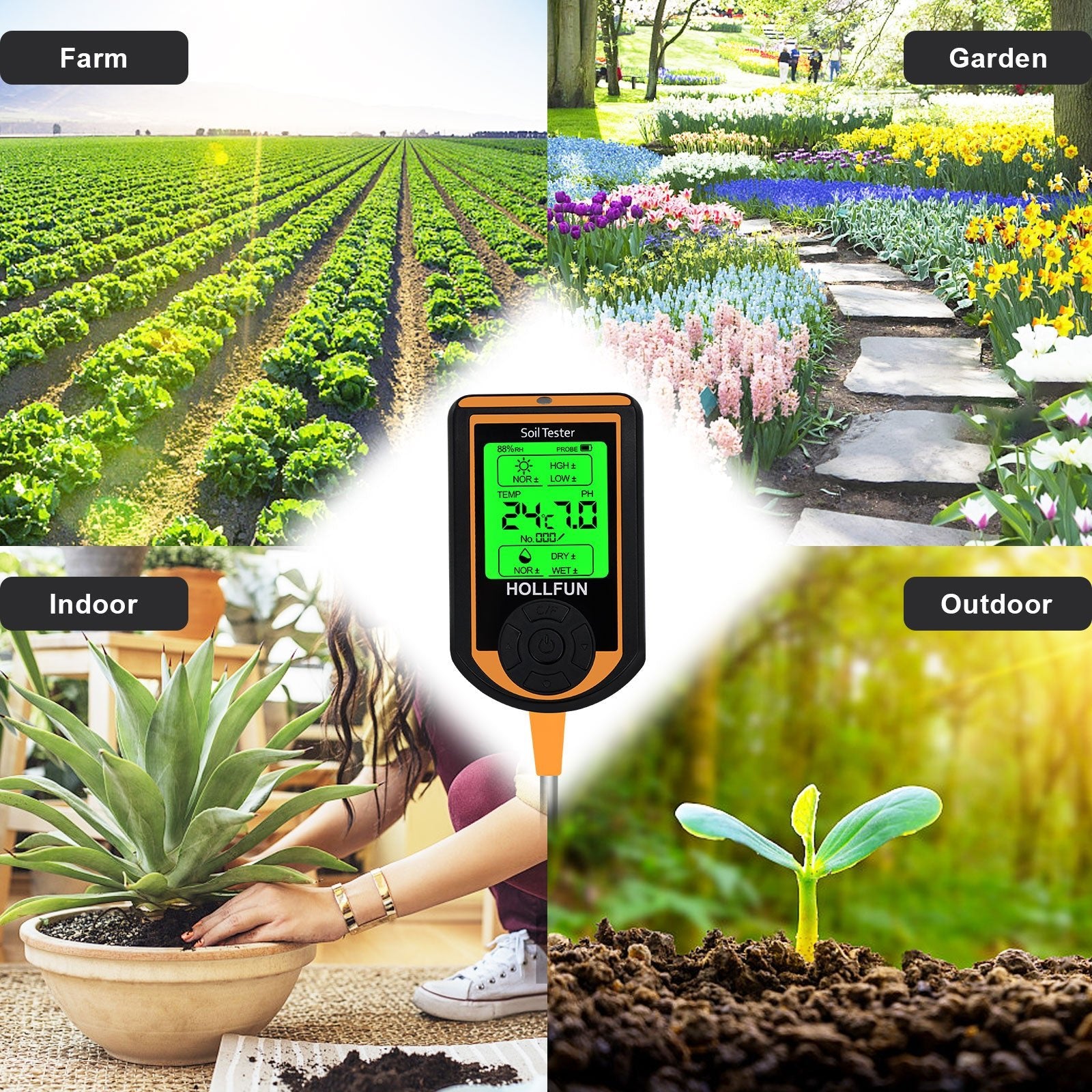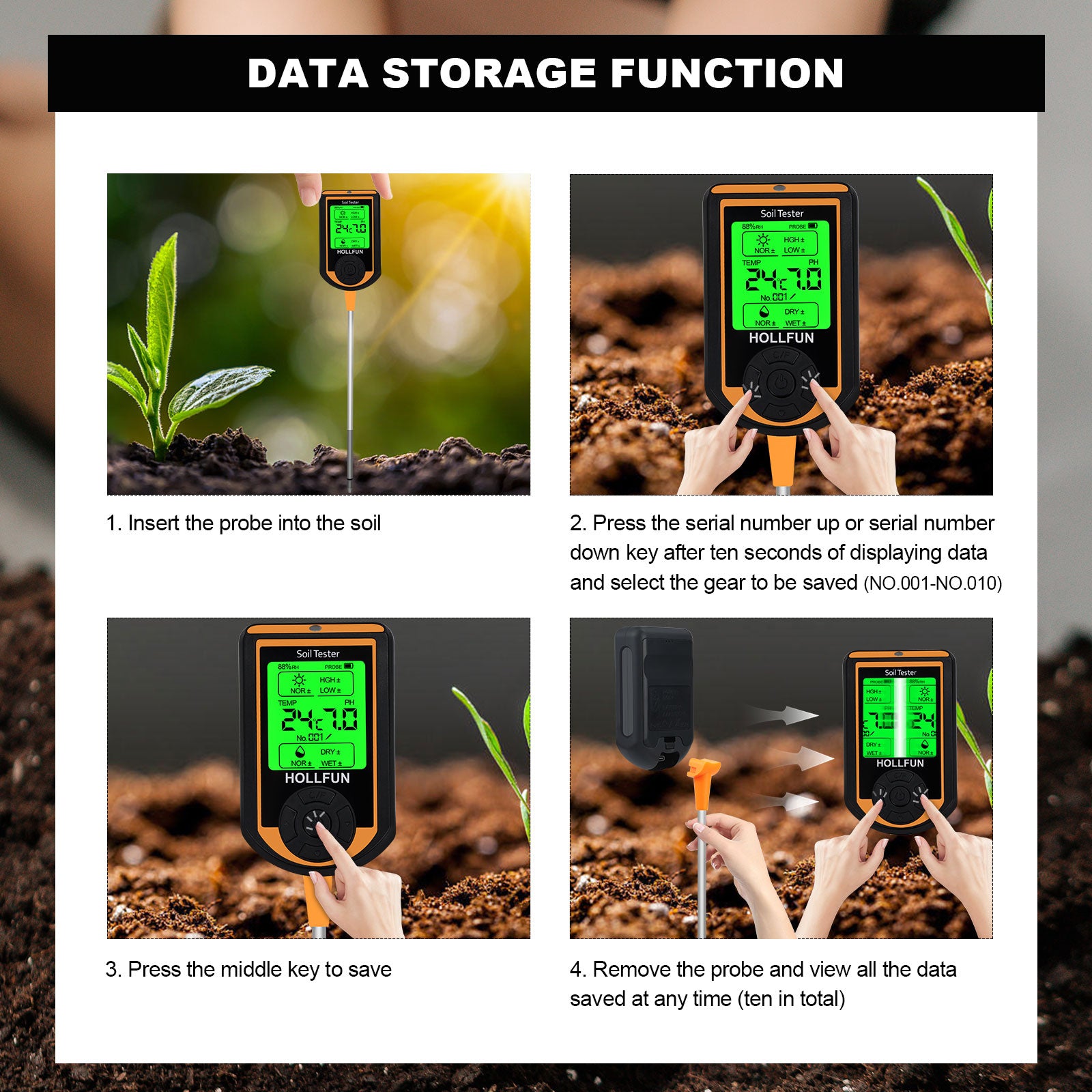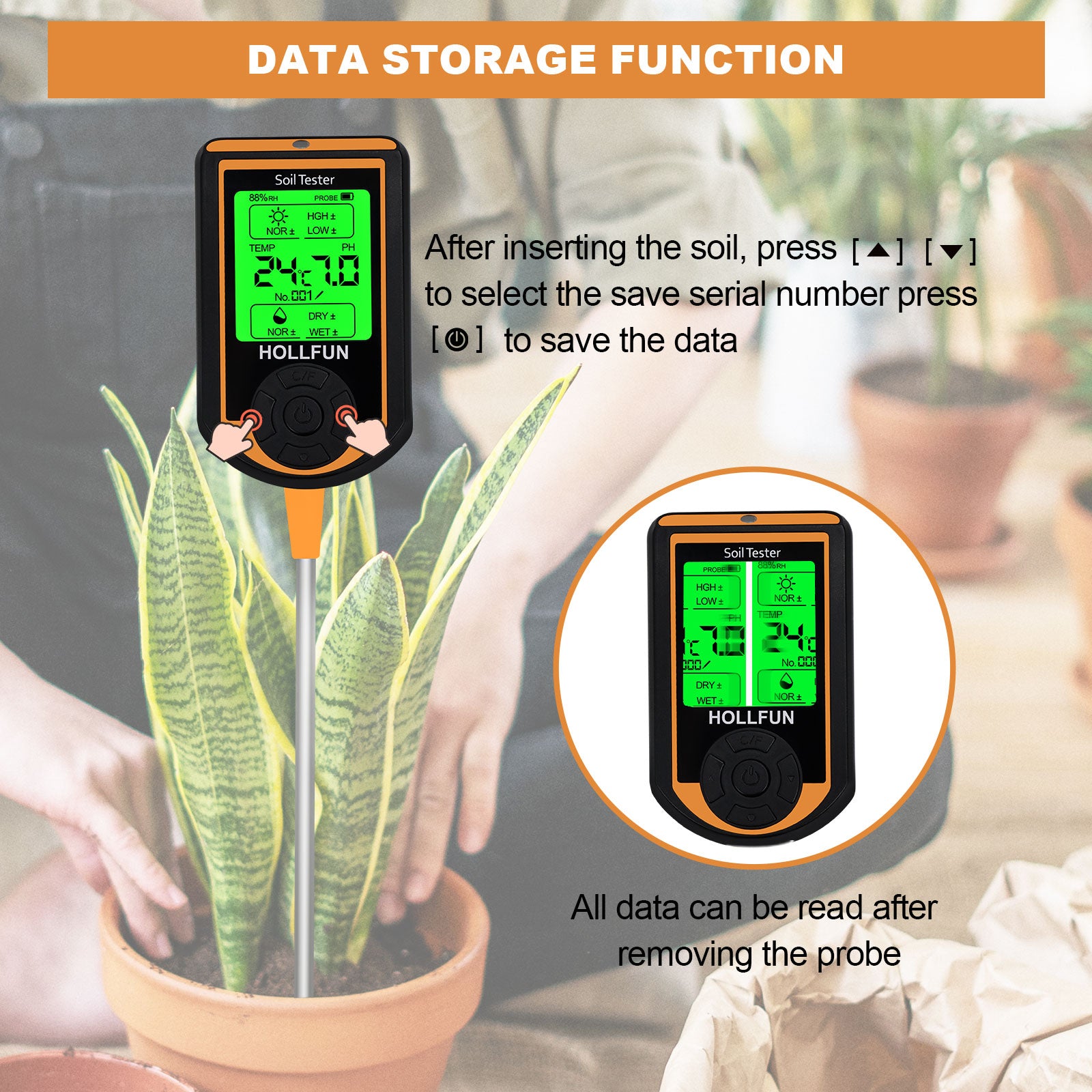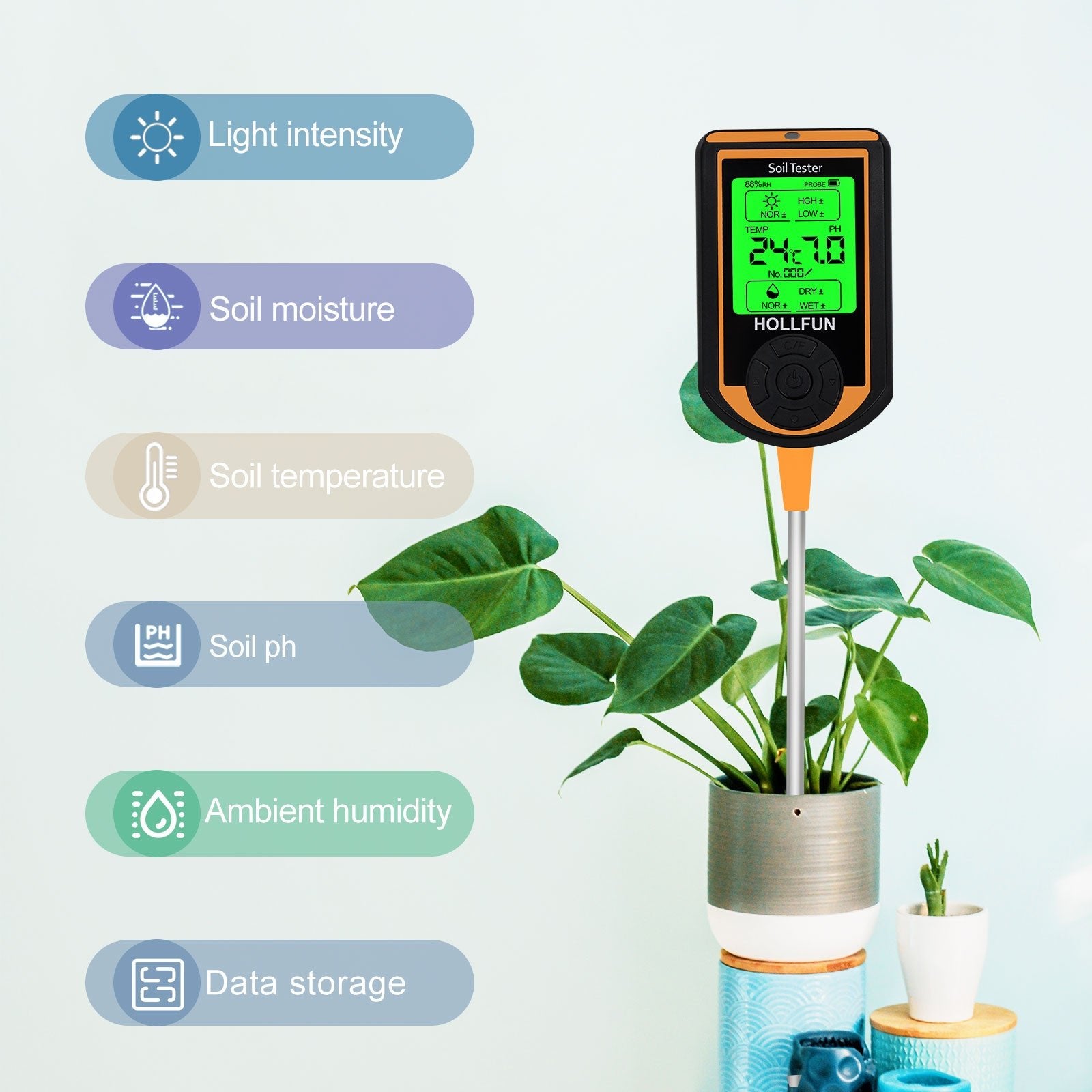Last time, we discussed cultivation media, focusing on peat. Currently, in horticulture, especially in seedling and potted plant cultivation, peat is widely used as the main potting medium, replacing traditional materials such as leaf mold and humus soil.
What is Peat?
- Peat soil is an accumulation of incompletely decomposed plant residues in natural marshland peat layers, formed over thousands of years. It is also the most primitive state of coal. Peat is generally classified into high-moor peat and low-moor peat.
- High-moor peat is mainly found in cold regions, with strong acidity (pH between 4 and 5). It has low bulk density, good water absorption and permeability, and can hold water up to more than 10 times its dry weight. It can be used in soil mixtures or adjusted for soilless cultivation after pH modification.
- Low-moor peat is found in low-lying waterlogged swamp areas. It has lower acidity, higher decomposition, and higher content of nitrogen and ash elements. It is less acidic, more fertile, and can be used directly as fertilizer after drying and crushing.
Advantages of Peat
- Peat has the advantages of being lightweight, loose, with good air and water permeability, strong water and nutrient retention capabilities, promoting microbial activity, enhancing biological performance, and providing rich nutrients without disease spores and insect eggs. It serves both as a cultivation medium and an excellent soil conditioner.
Disadvantages of Peat
- If used alone for planting, peat soil can become compacted over time, hindering the plant's root respiration. Water may also easily drain directly from the bottom of the pot during watering, leading to drought stress over the long term. The excavation of peat soil can damage wetlands and is not conducive to environmental conservation.
How to Use Peat
- Peat is an excellent potting medium for flowers. It can be used alone or in combination with materials like perlite, vermiculite, river sand, and coconut coir. When mixing, pay attention to the fiber length of peat; generally, longer fibers are suitable for larger plants.
- Since peat has fewer nutrients, it's advisable to supplement it with sufficient nitrogen, phosphorus, potassium, and other trace elements during soil preparation or provide timely fertilization during plant growth.
Selecting Peat
- Check Purity and Consistency: Quality peat should have good air permeability, uniform particle size, loose texture, elasticity, non-stickiness, low impurities, and low coarse ash content. Moss peat has fewer nutrients but high purity, while Reed peat has higher nutrient content but lower purity.
- Consider Color: Peat comes in colors like yellow, light brown, dark brown, and black, which are directly related to the plants used for making it and its decomposition level. Moss peat is lighter in color (yellow or light brown), and Reed peat tends to be brown or dark brown. Quality peat should have a uniform, consistent color.
- Examine Decomposition Level: Quality cultivation peat should have a small decomposition level to maintain suitable bulk density and porosity, promoting plant growth. One can determine this by wetting the peat and squeezing it; low-decomposition peat will release almost transparent water, while high-decomposition peat will release murky or black water and may not recover its original shape.



